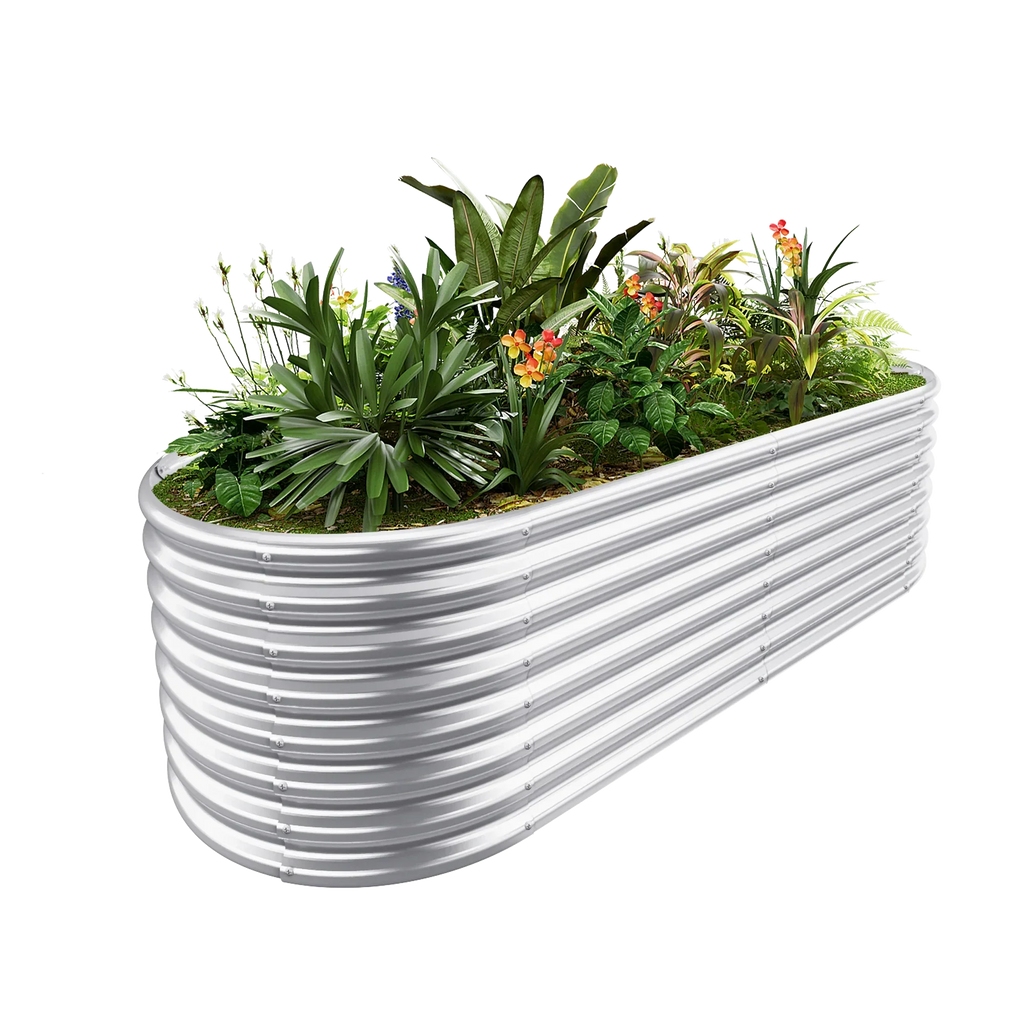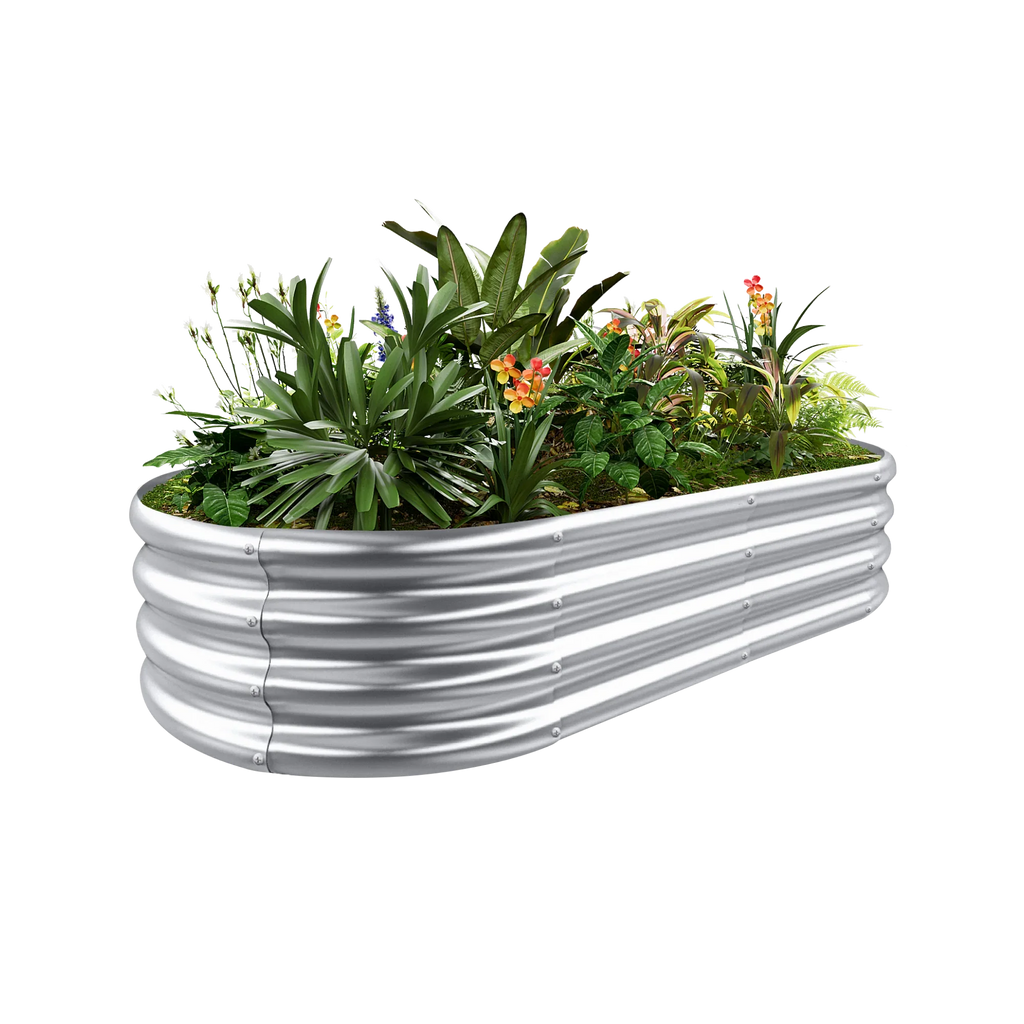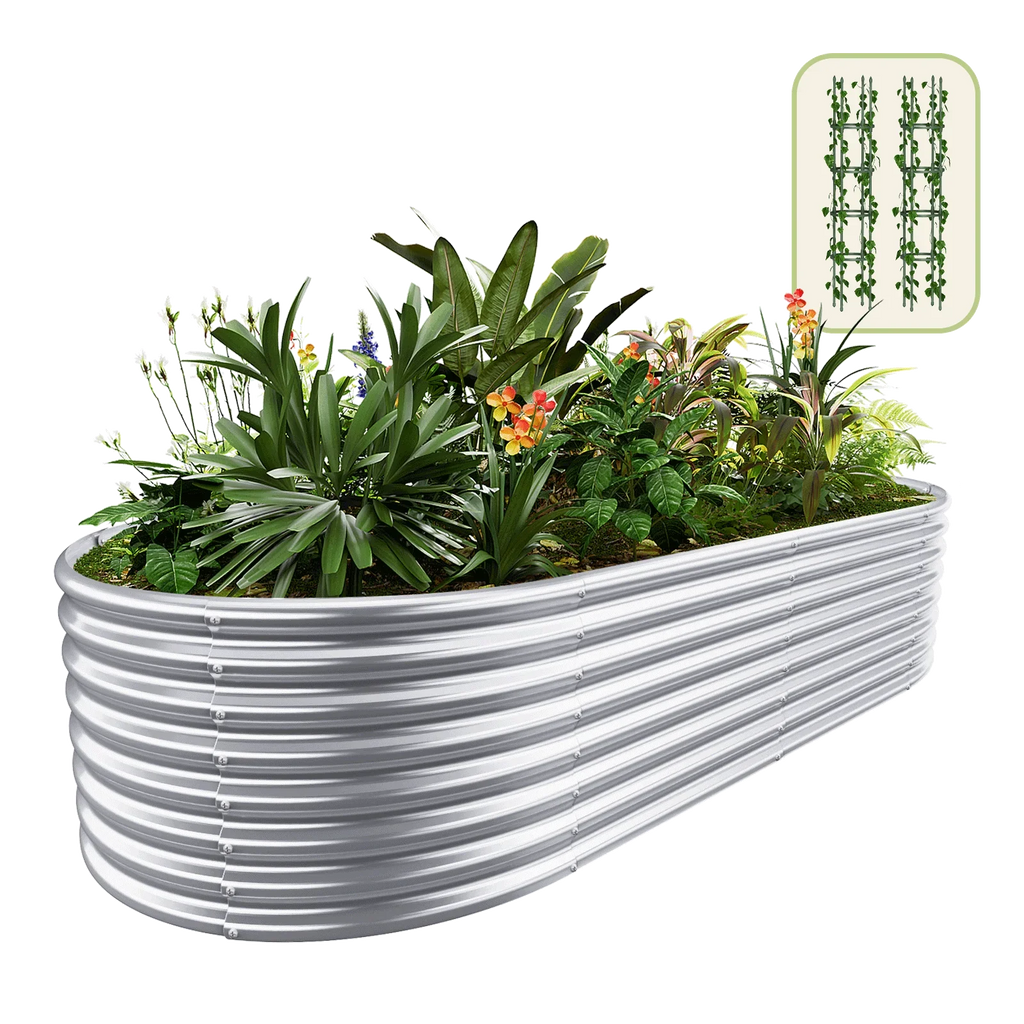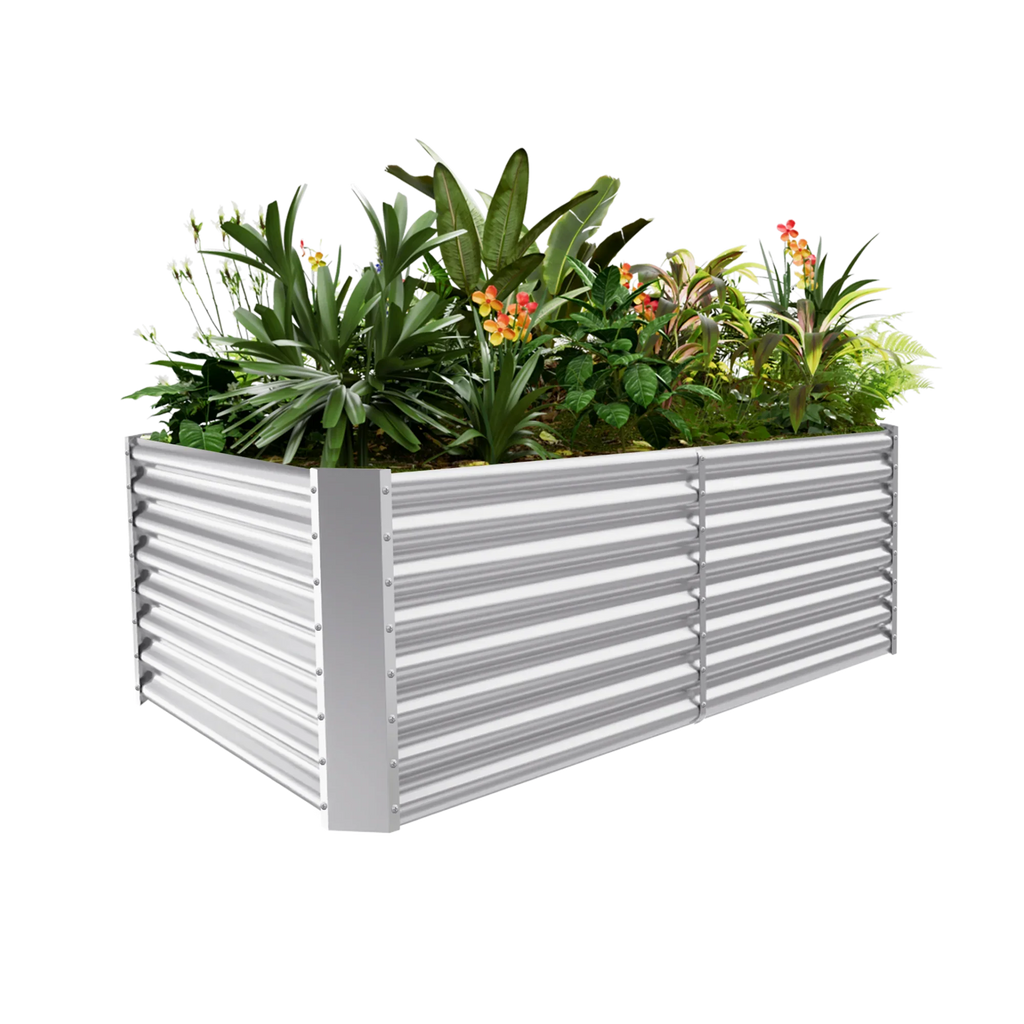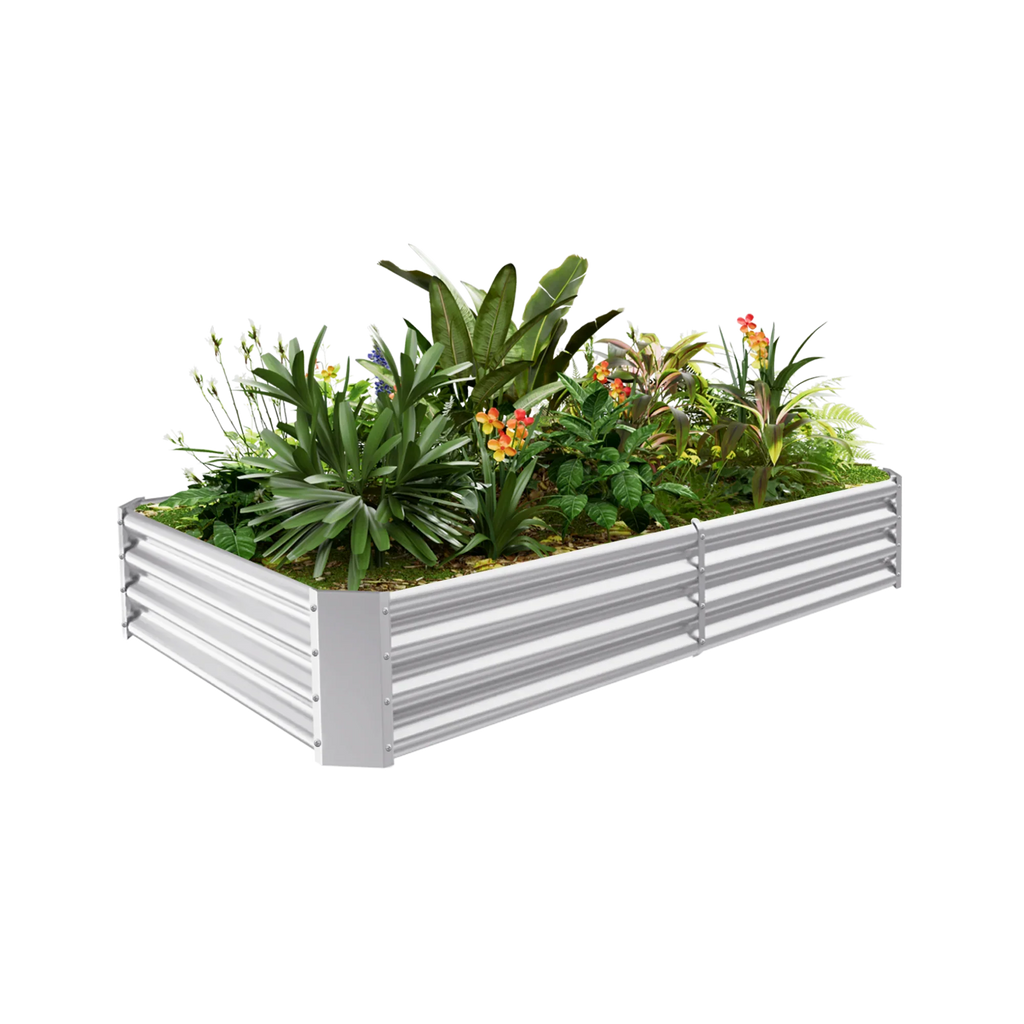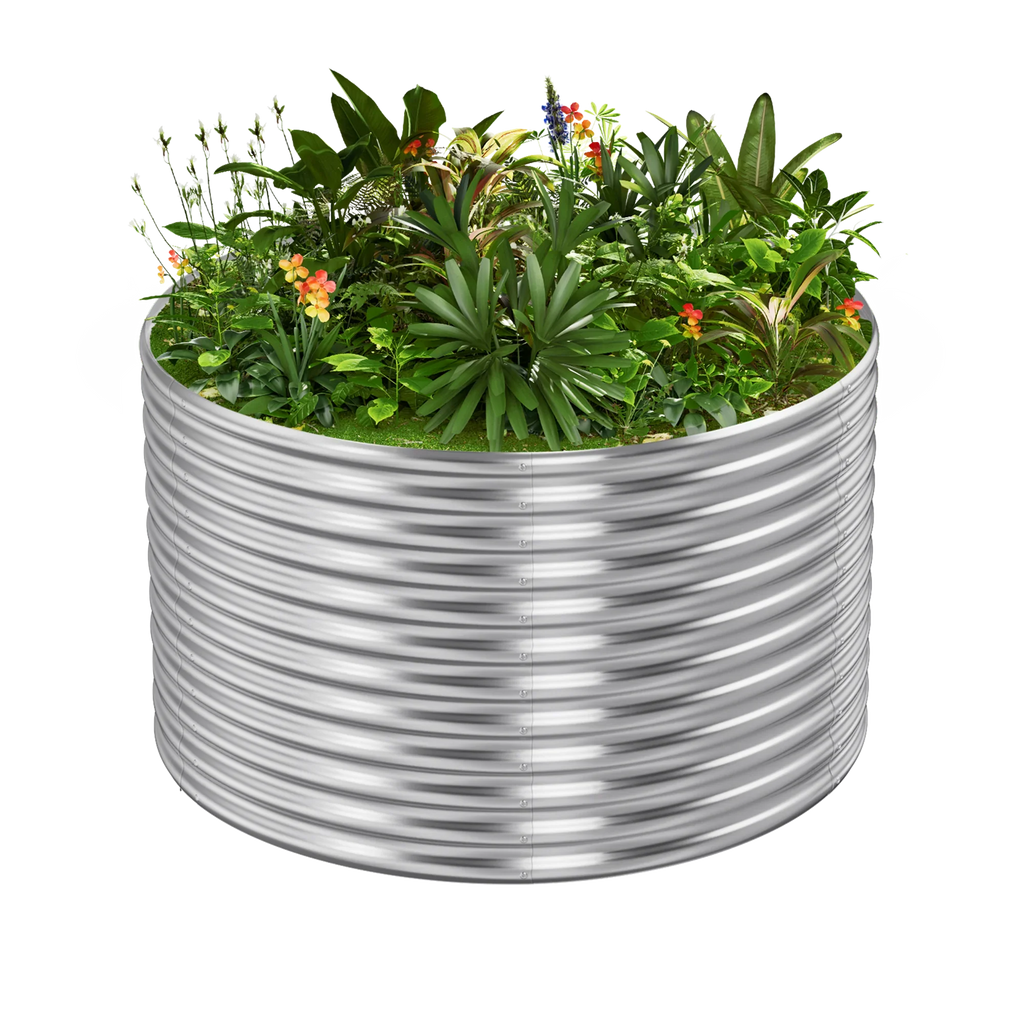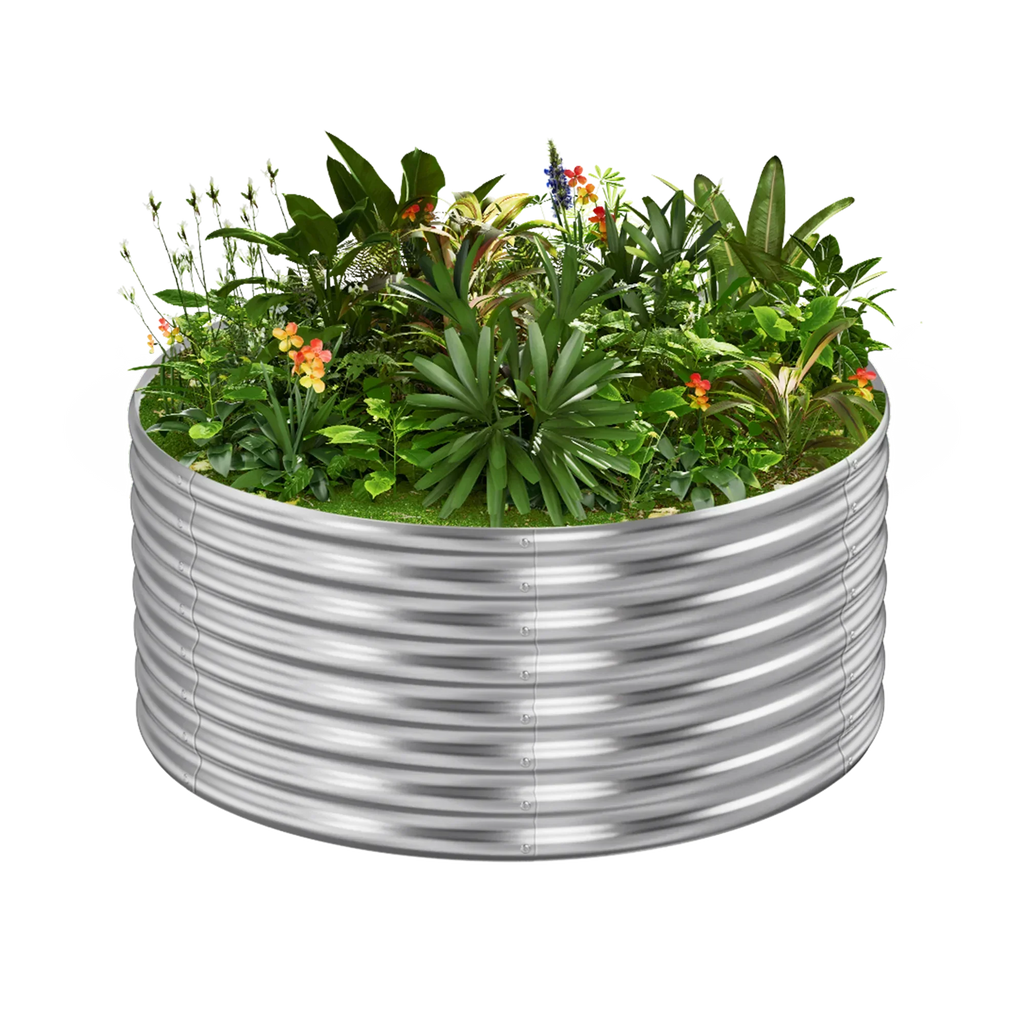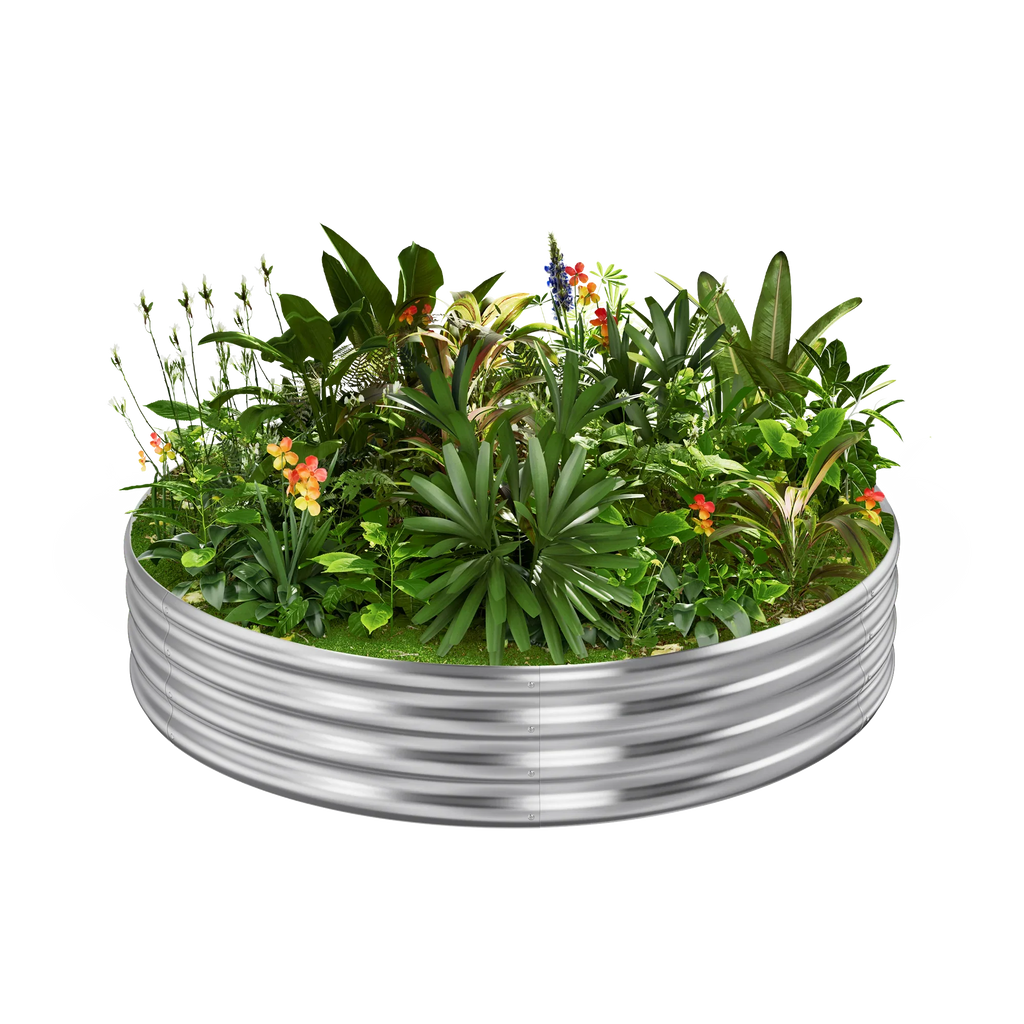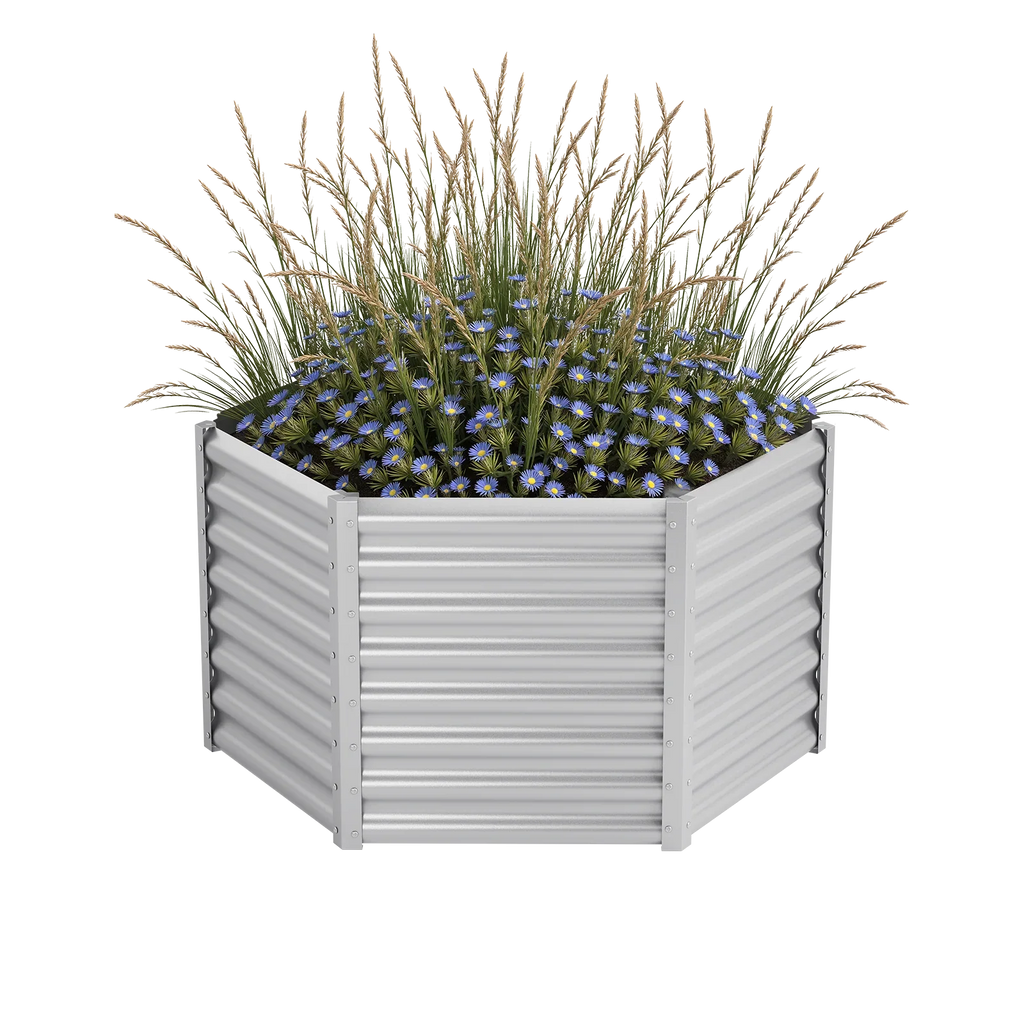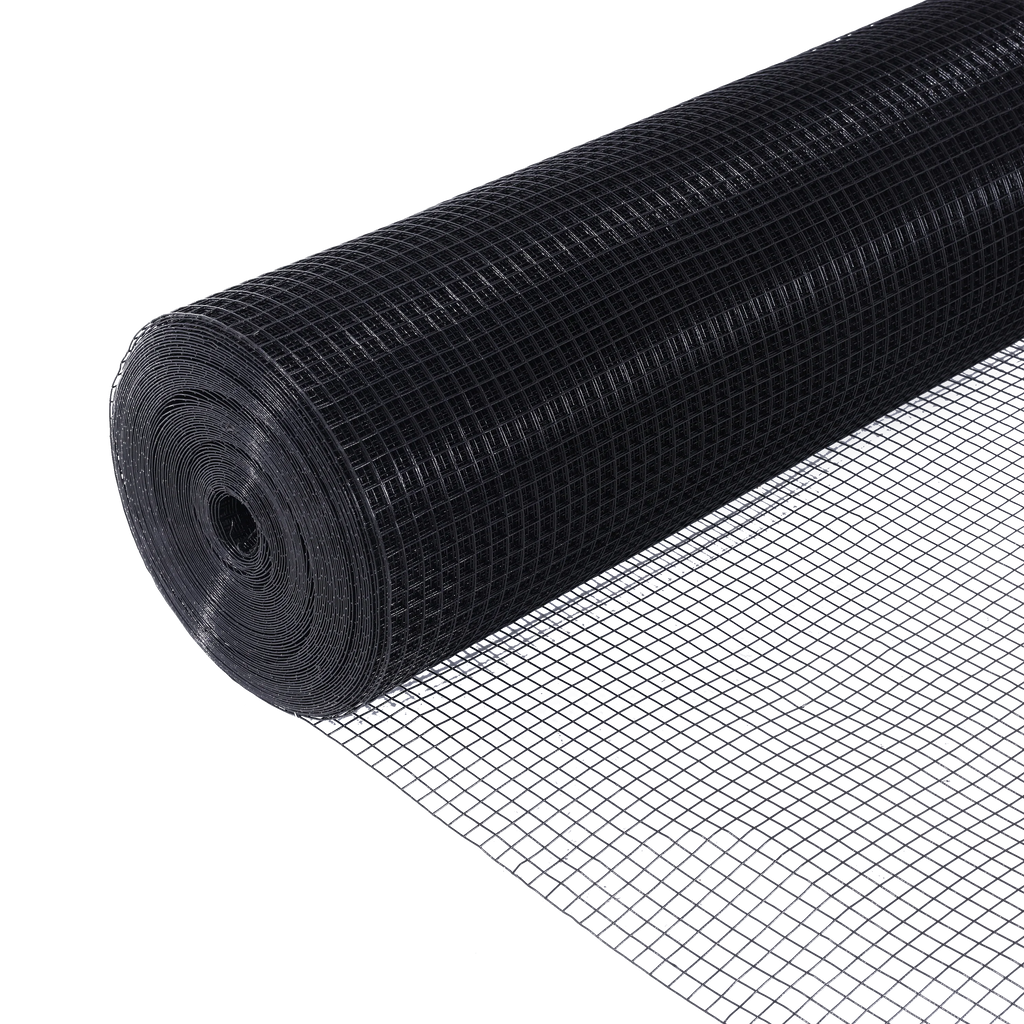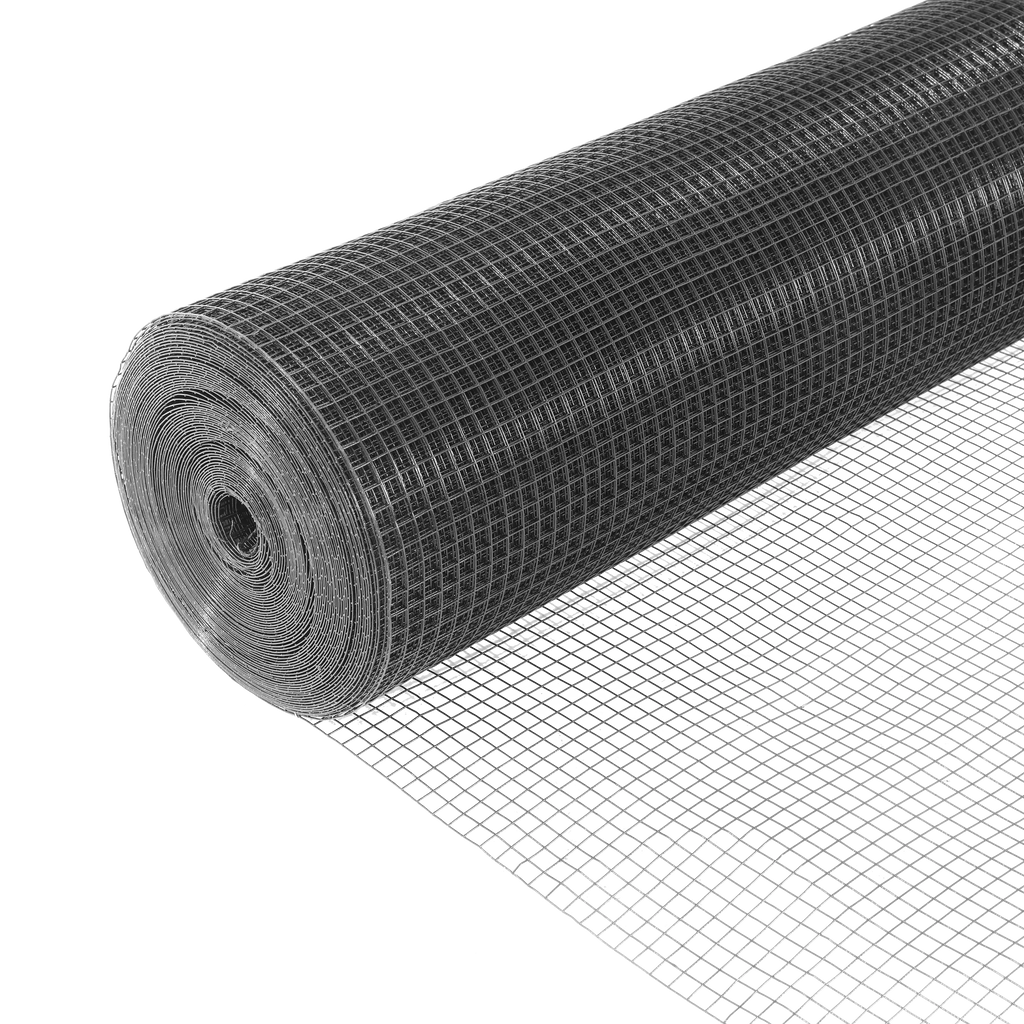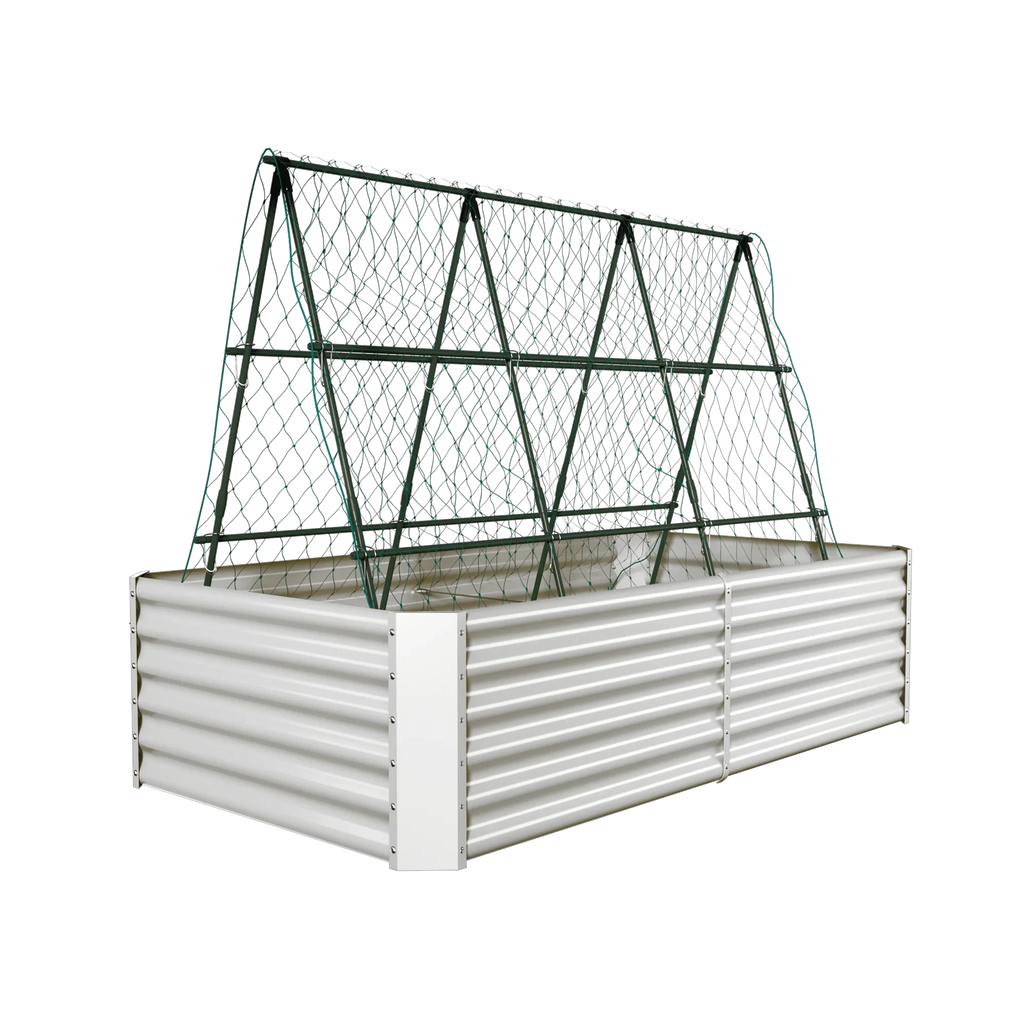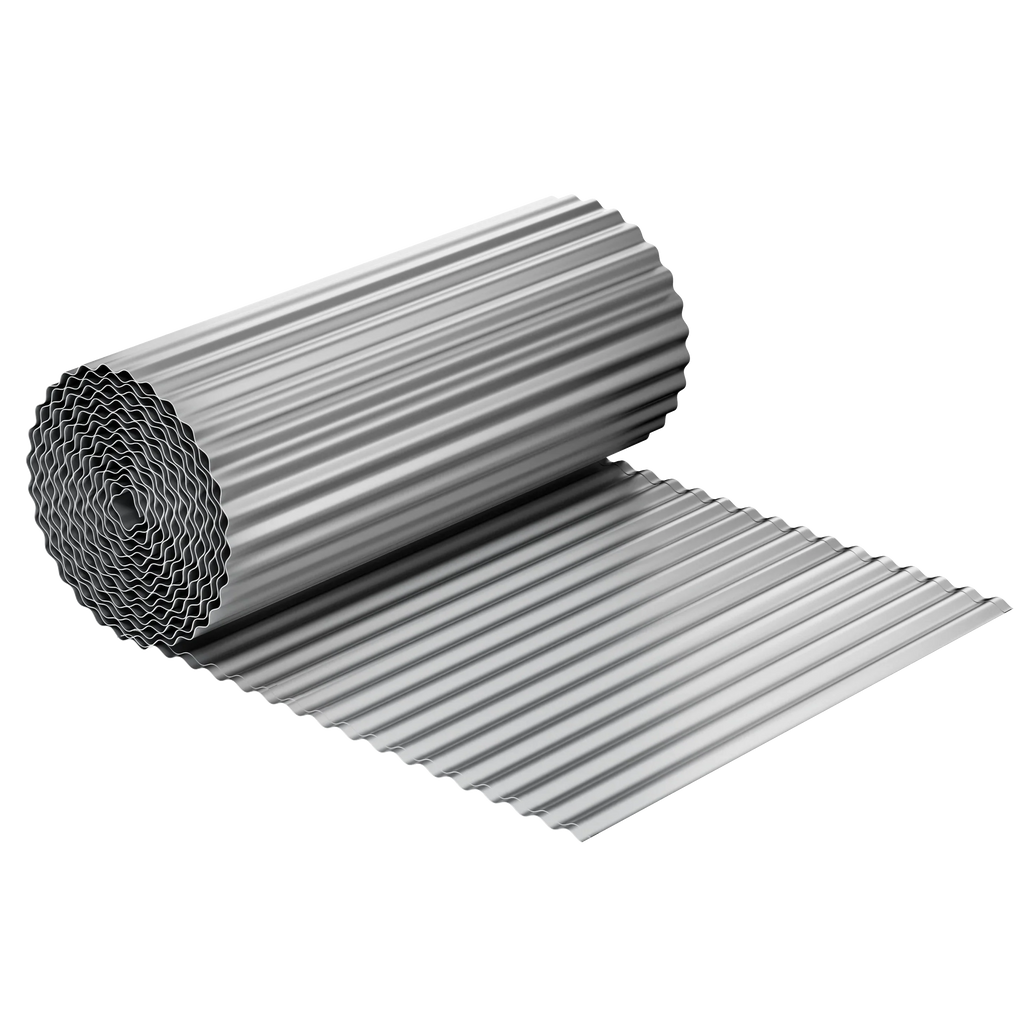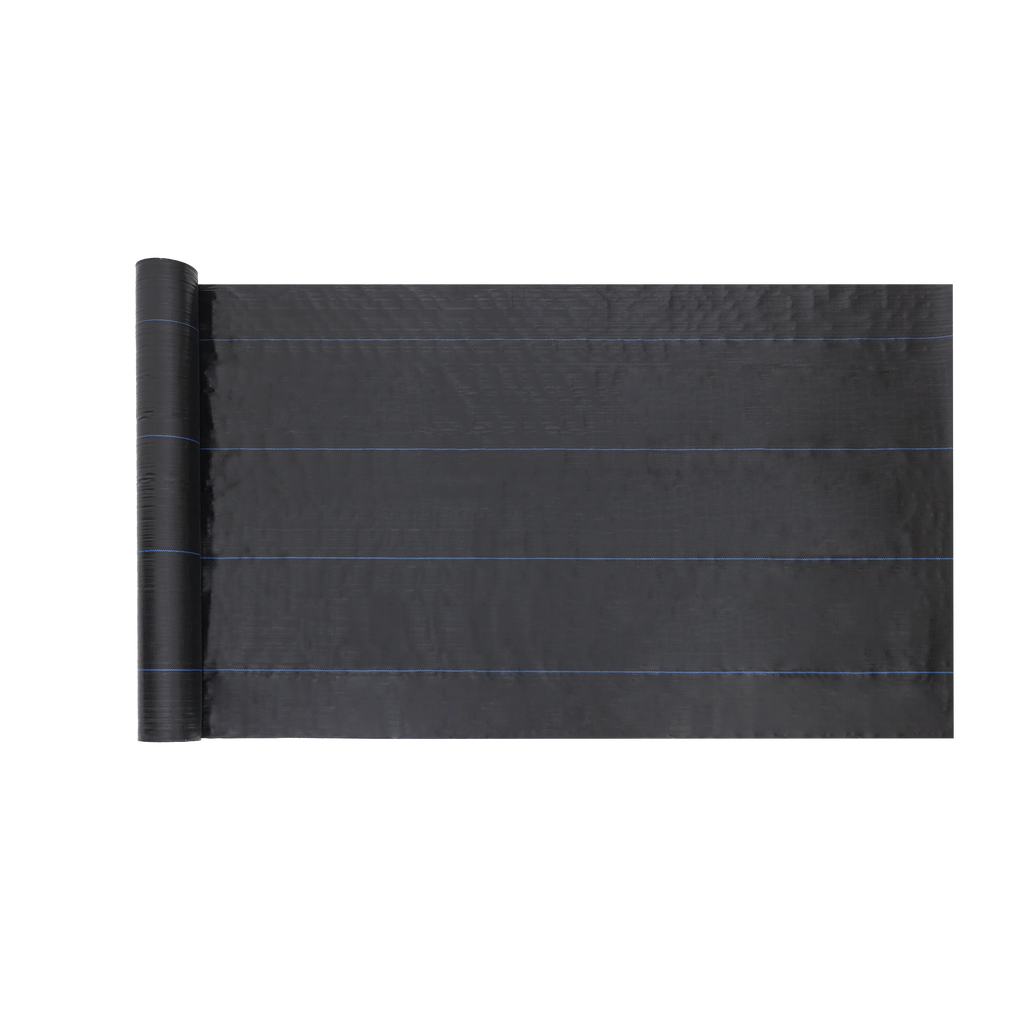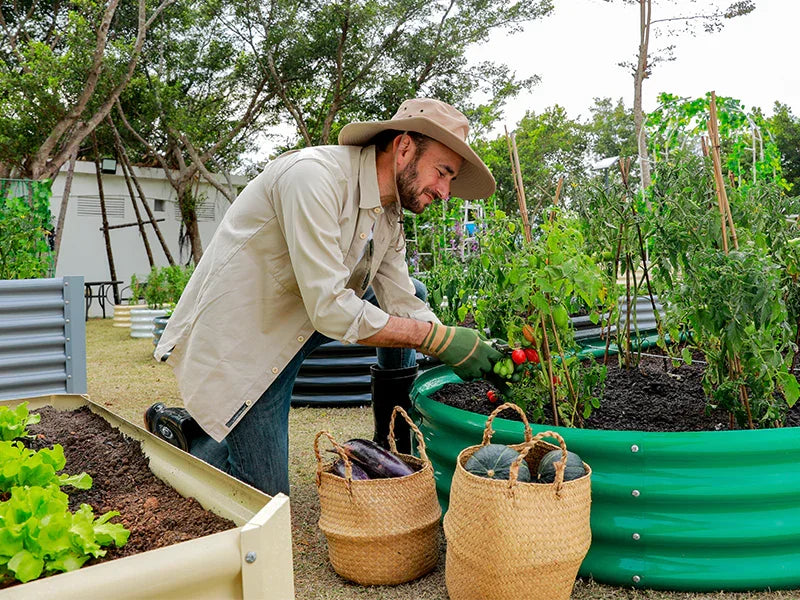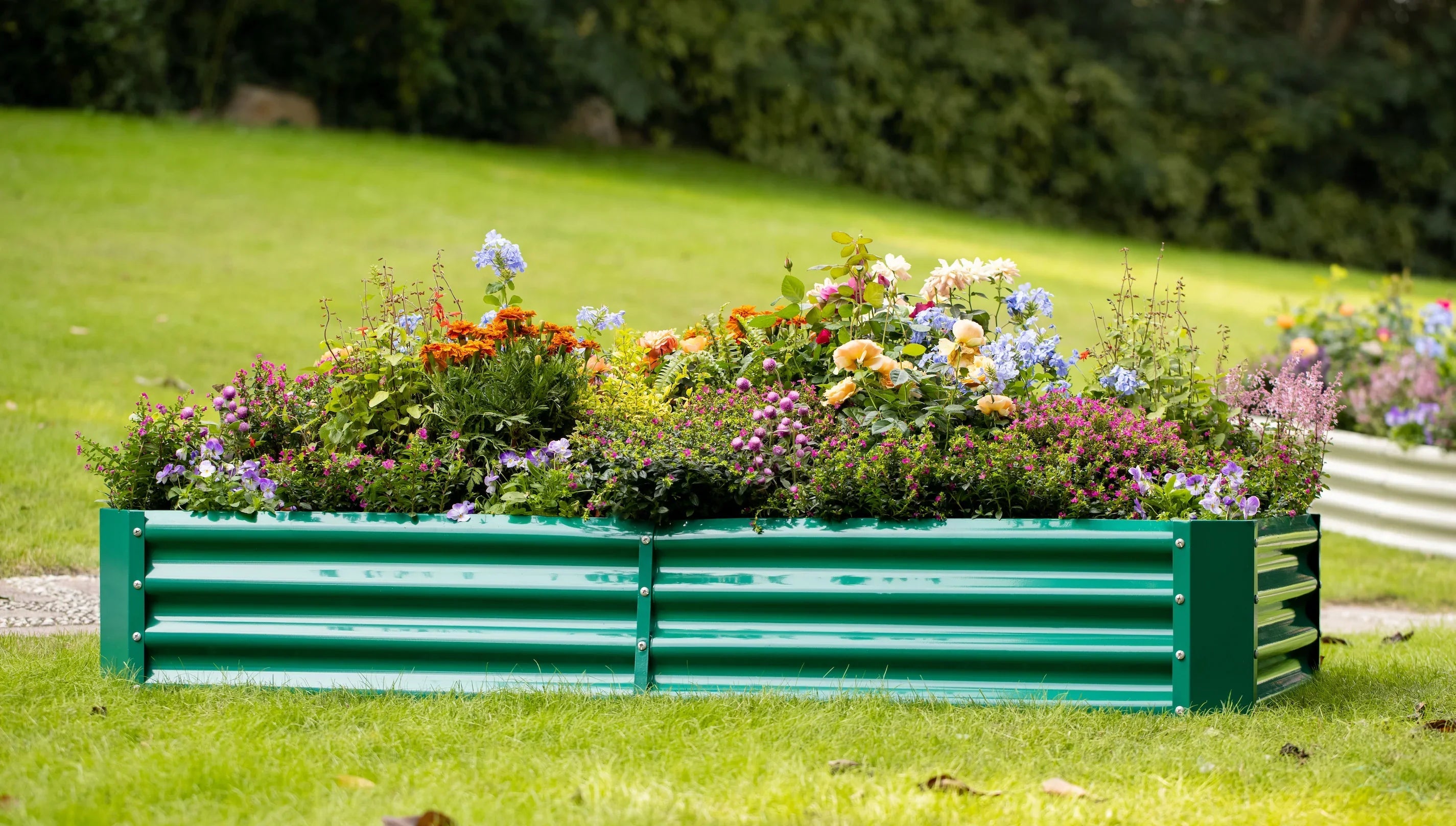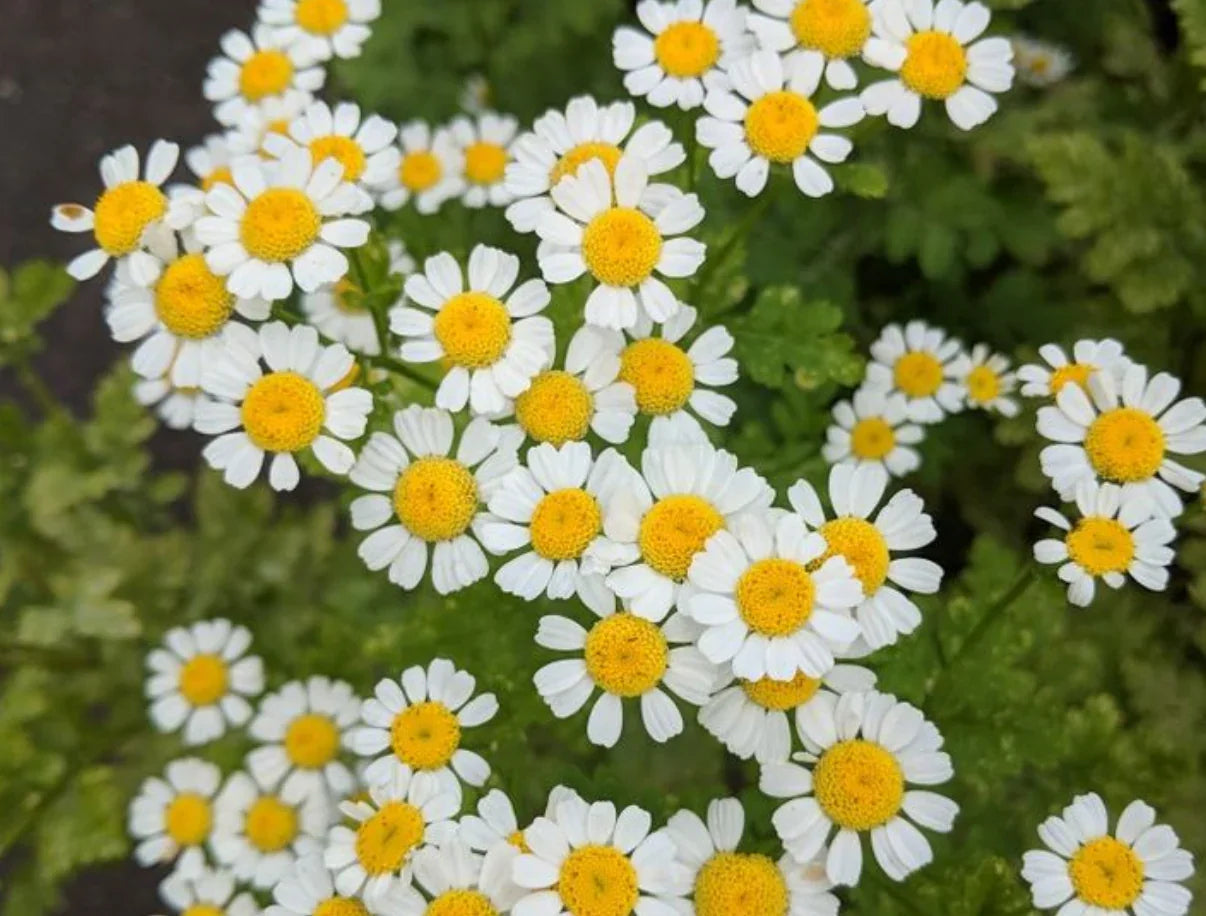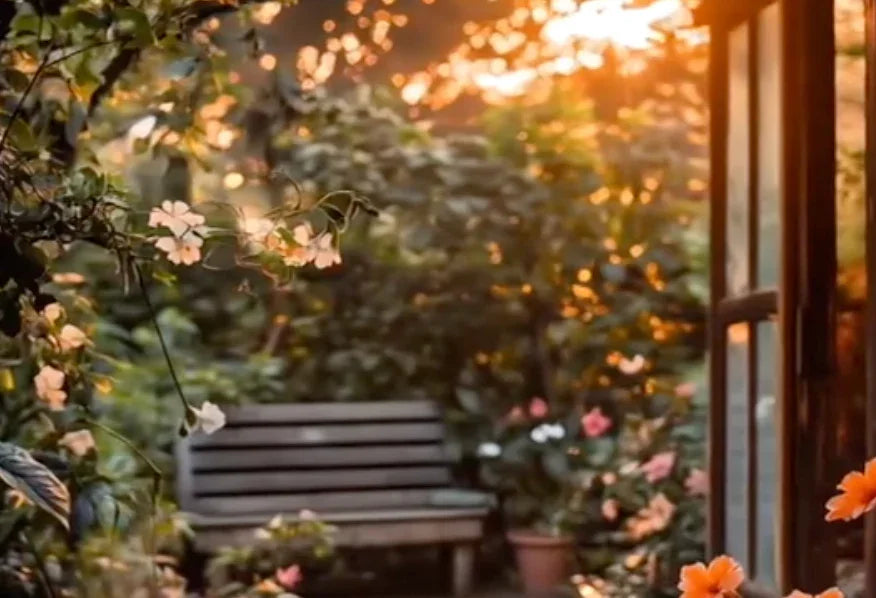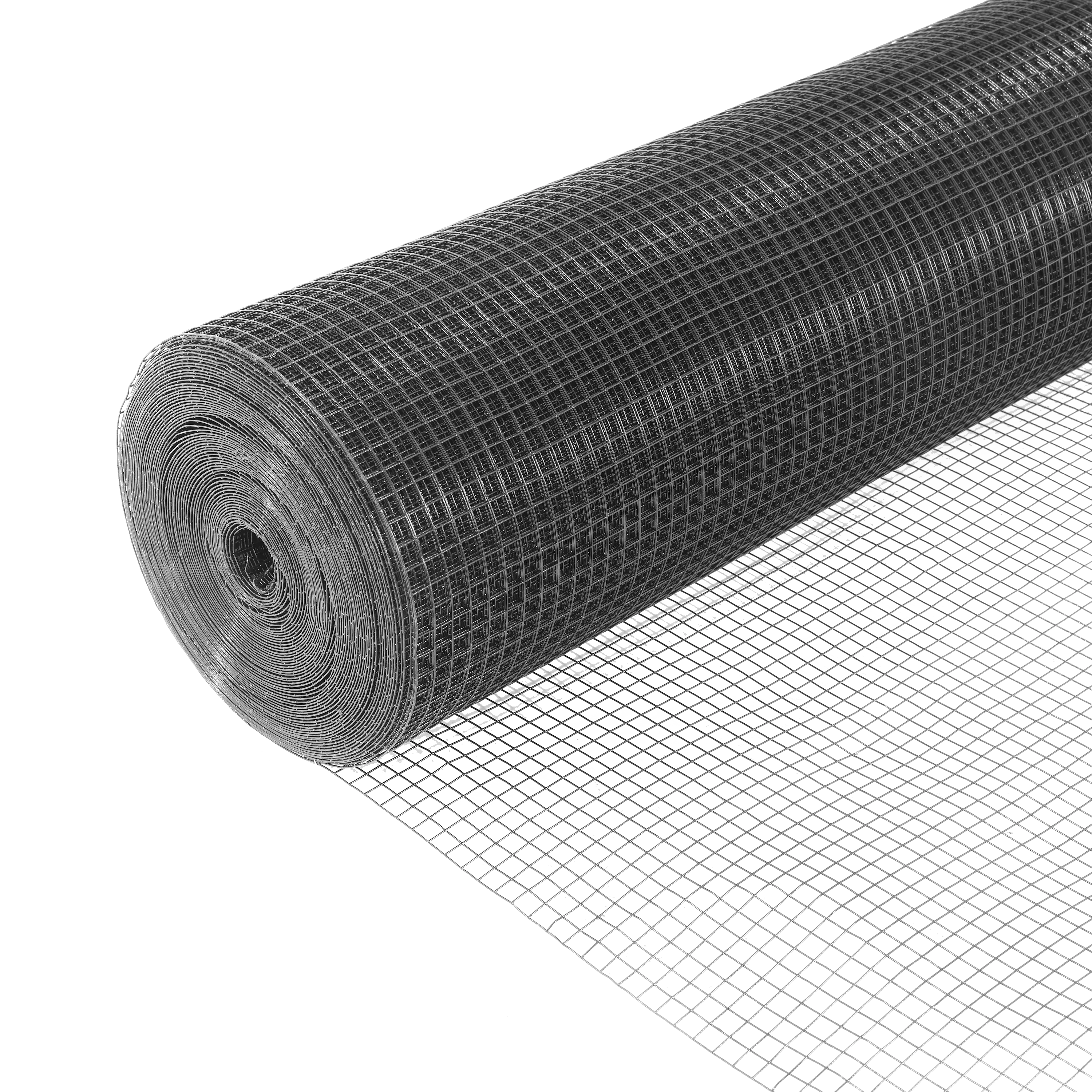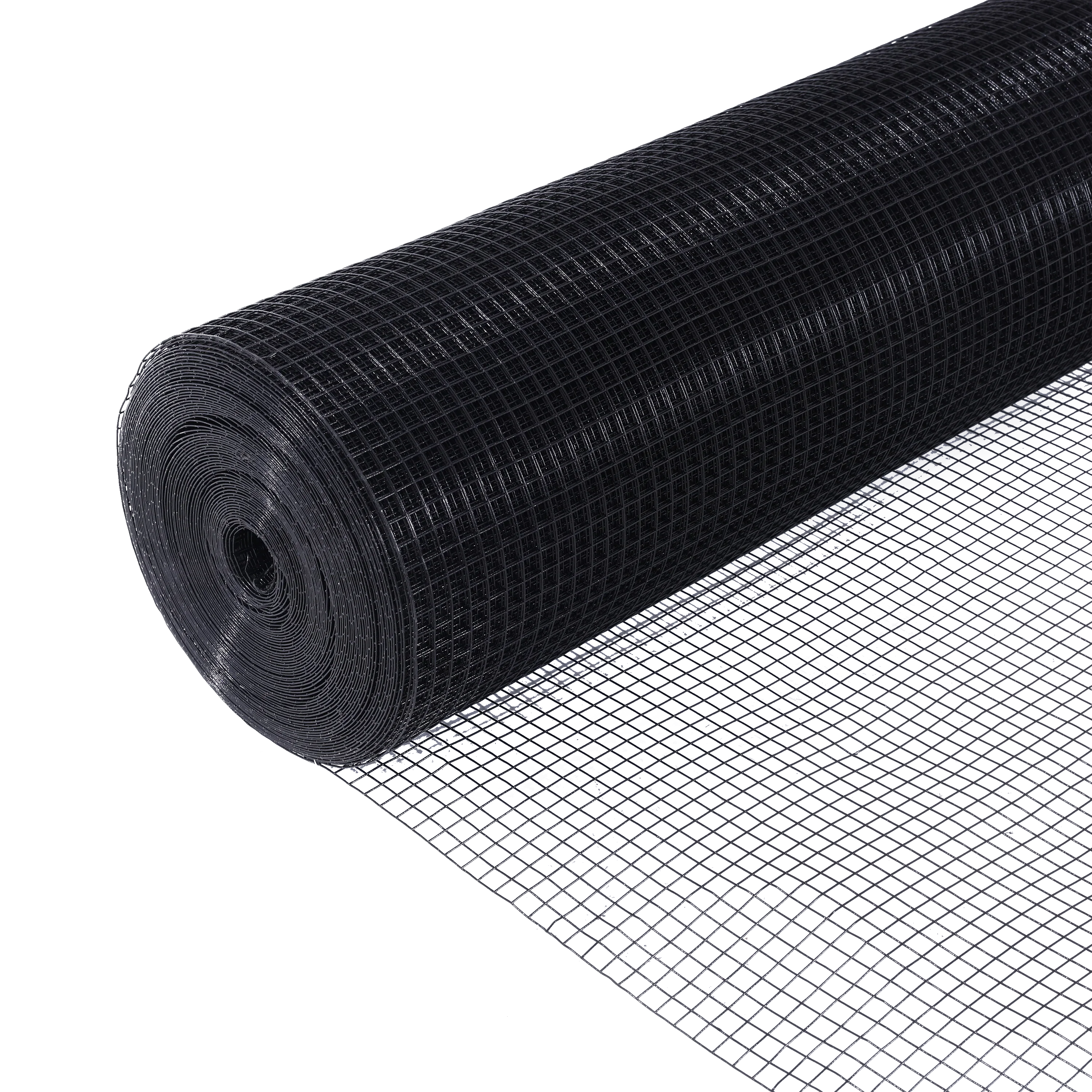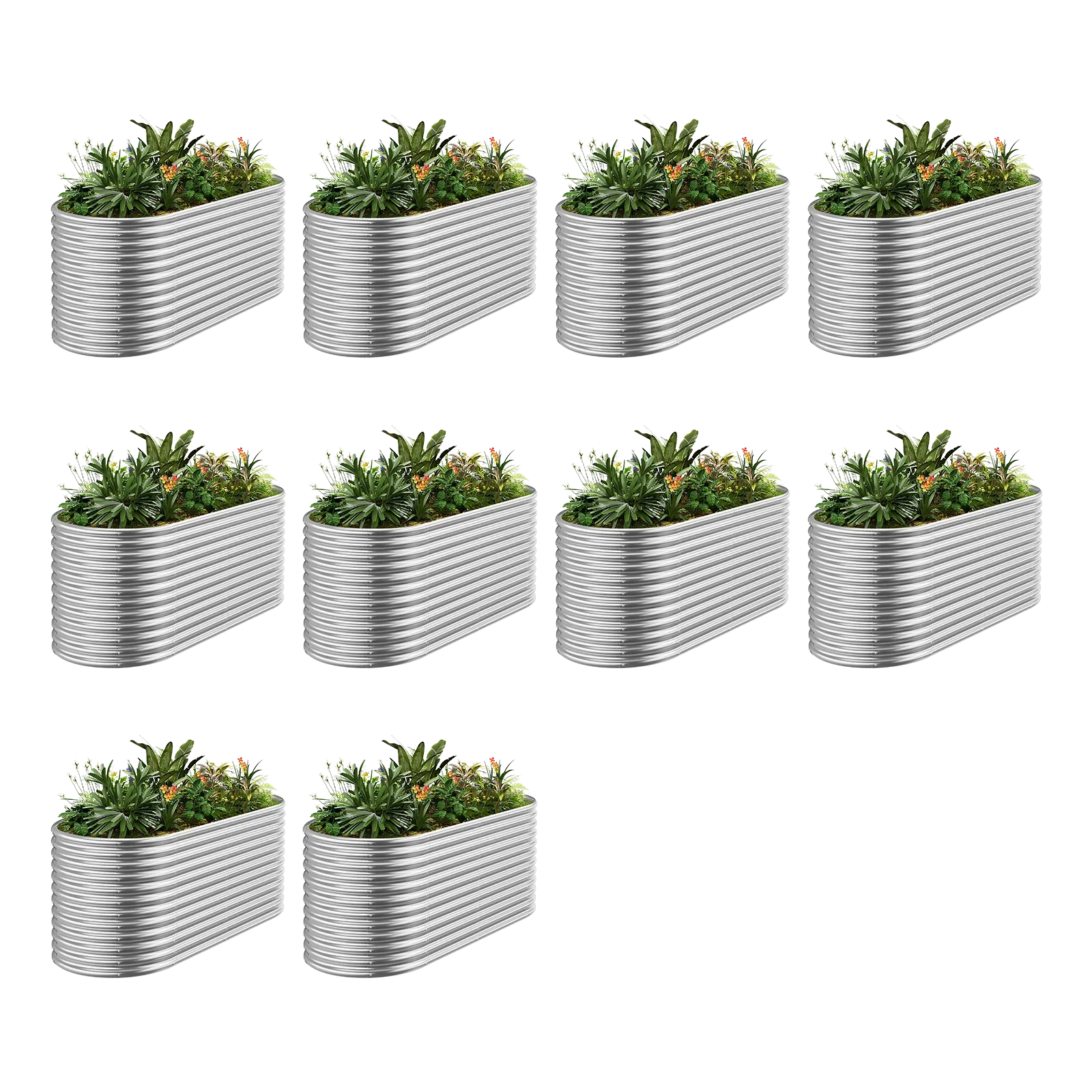Summer can be tough on your garden beds. With the sun blazing and temperatures soaring, it’s easy for your plants to dry out and struggle if they don’t get the right amount of water. Watering isn’t just about keeping things wet—it’s about timing, consistency, and understanding what your garden needs to thrive. In this guide, we’ll break down the best watering schedules for summer garden beds to keep your flowers, veggies, and herbs healthy and vibrant. Let’s dive in and figure out how to beat the heat and keep your garden looking its best.
1. Know What Your Garden Needs
Not all gardens are the same, and watering schedules depend on a few key factors:
· Plant Types: Some plants, like succulents, can handle dry spells, while others, like lettuce or zucchini, need regular drinks. Know what you’re growing and adjust accordingly.
· Soil Matters: Sandy soil dries out fast, so you’ll water more often. Clay soil holds onto moisture, so you can ease up a bit.
· Weather Check: Hot, windy days zap moisture quicker than cool, humid ones. Keep an eye on the forecast to tweak your routine.
Getting a handle on these basics helps you avoid underwatering—or drowning—your plants.
2. Morning Is the Magic Time
When it comes to watering in summer, timing is everything. Early morning—think 5 a.m. to 9 a.m.—is your sweet spot. Here’s why:
· Less Evaporation: The air’s cooler, so more water soaks into the soil instead of disappearing into the air.
· Happy Plants: Morning water gives plants a boost to handle the day’s heat.
· Fewer Problems: Watering at night can leave plants wet too long, inviting mold or fungus. Morning lets them dry off naturally.
Can’t do mornings? Late afternoon works too, but skip the midday heat when water evaporates fastest.
3. Go Deep, Not Daily
Forget light sprinkles every day—deep, less frequent watering is the way to go in summer. It builds tougher roots that can handle the heat.
· How Often: Every 2-3 days is a good starting point, depending on your soil and weather. Dig down an inch or two—if it’s dry, water.
· How Long: Water until the soil’s wet 6-8 inches deep. That might mean 30-60 minutes with a sprinkler or drip system.
· New Plants: Seeds or baby plants might need more frequent, shallow water until they settle in.
This method saves water and keeps your garden strong.
4. Mulch Is Your Secret Weapon
Mulch can make a huge difference in summer. It keeps the soil from drying out and cuts down on how often you need to water.
· What to Use: Straw, wood chips, or shredded leaves are great choices. They’ll break down and feed the soil too.
· How to Do It: Spread 2-3 inches around your plants, but don’t pile it up against the stems—leave a little breathing room.
· Why It Works: Mulch blocks evaporation and keeps weeds away, so your plants get more of the water.
It’s like giving your garden a cozy blanket that saves you time and effort.
5. Check the Soil
Don’t guess—see if your garden actually needs water.
· Finger Trick: Poke your finger into the soil about an inch. Dry? Water. Still damp? Wait.
· Gadgets: A soil moisture meter can give you a clear read, especially for bigger beds.
· Plant Clues: If leaves droop in the morning (not just midday heat), they’re probably thirsty.
Checking regularly keeps you on track and prevents overdoing it.
6. Work With the Rain
Summer rain can change your plans, and that’s a good thing—if you adjust.
· Track It: A rain gauge shows how much you got. An inch or more might mean skipping a few days.
· Look Closer: If rain runs off instead of soaking in (common with hard or sloped soil), you might still need to water.
Syncing your schedule with nature keeps things balanced.

Conclusion
Watering your summer garden beds doesn’t have to be a chore or a mystery. By figuring out what your plants need, sticking to morning watering, going deep but not too often, adding mulch, checking the soil, and rolling with the rain, you’ll have a schedule that works. Your garden will thank you with lush growth and bright blooms all summer long. So grab your watering can, set a plan, and enjoy a thriving garden even in the hottest months!






